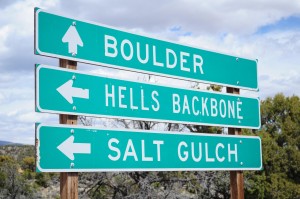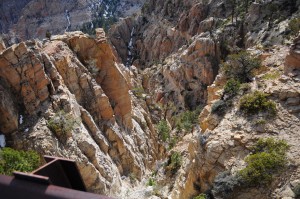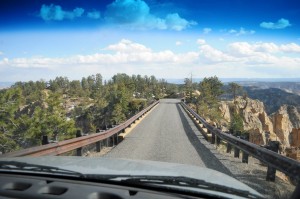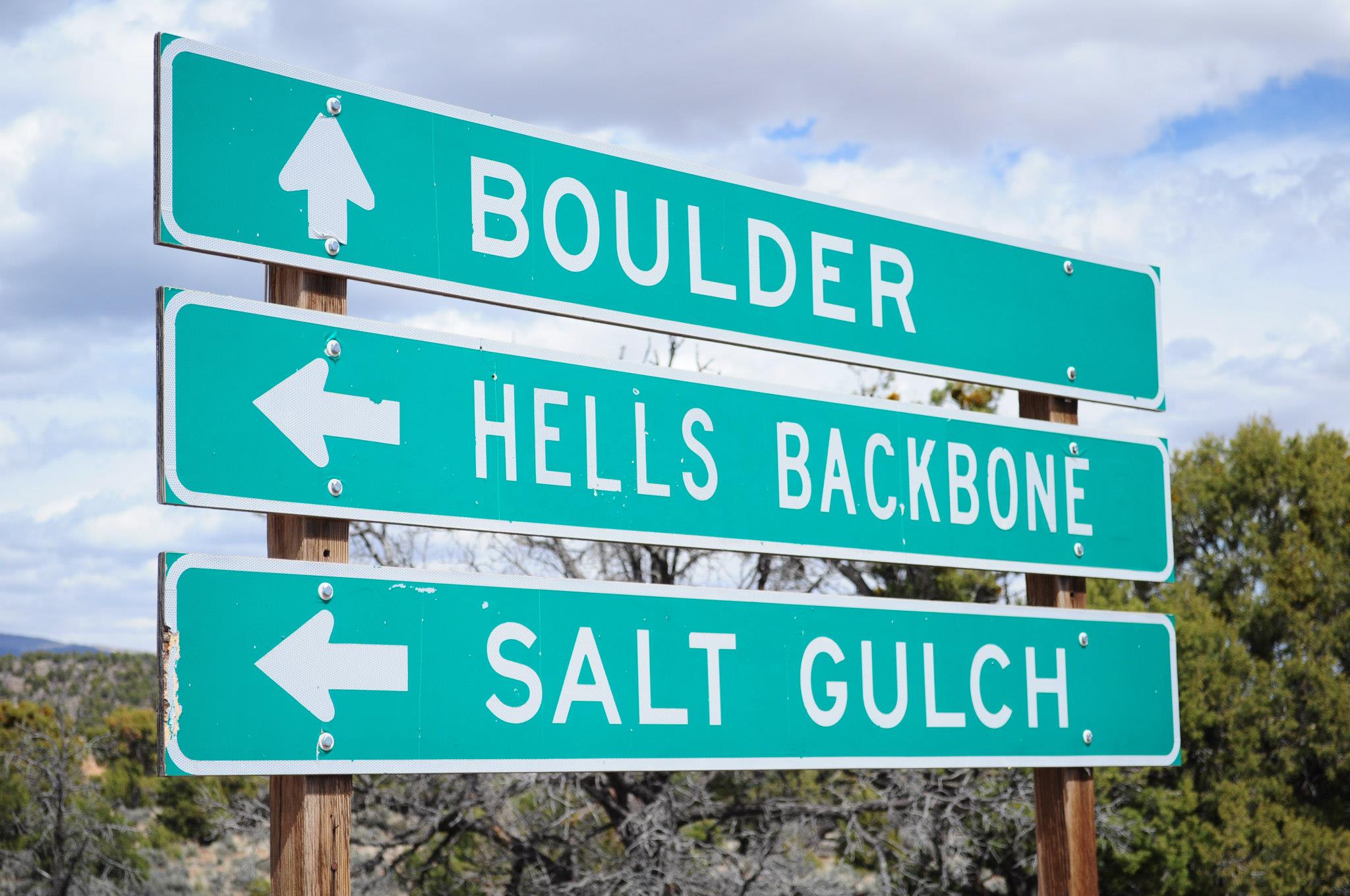Pressing into the earth, extending toward the sky and feeling energy moving from one to the other. That all has a very nice ring to it, does it not? Using these simple concepts, I have watched time and time again as new students bring their bodies into beautiful alignment and if alignment were all there is to asana then there would be no point in writing a part II post. Last week I wrote that breath is the key that unlocks the body and asana opens that door. The question is, where does that door lead?
Edges
If we were to ask a first time student where their body is leading them, they might answer “Tight hamstrings” or “Stiff shoulders” or something similar. Physical limitations quickly begin to appear. These are physical edges and we all have them in one form or another. In a way, they are very much like a cliff’s edge. Close your eyes and run at a cliff edge and you are quite likely to go sailing over the edge and land hard. When we ignore physical edges, we are very likely to go sailing over them and into some kind of injury. It is important to learn the signs of  our physical edges so we can skillfully move right up to them and sit there, enjoying the view. Physical struggle and strain are both signs that you’ve crossed over the edge into dangerous territory, back off right away to a place where you are no longer struggling but there is still a challenge.
our physical edges so we can skillfully move right up to them and sit there, enjoying the view. Physical struggle and strain are both signs that you’ve crossed over the edge into dangerous territory, back off right away to a place where you are no longer struggling but there is still a challenge.
If struggle and strain are danger signs, what is our early warning sign that we’re approaching our edge? Sensation is the first early sign. As you move slowly, very slowly, into the posture what do you feel? At first your mind will simply say, “Pain.” The reality is more likely that you are feeling the slow stretching of the muscles and with practice you will easily distinguish between pain and strong sensations. If that strong sensation ever starts to become flashes of pain, you are over the edge and need to back off. Sensations are excellent indicators of the physical edge but they take practice and patience to become familiar with them. The most reliable indicator is, once again, your breath. If breath is even and steady and you don’t have to force it to be even and steady then you are on the safe side of the edge. If breath requires attention to remain steady and even then you are at or very near your edge. If breath requires force to remain steady or is ragged, you’re over the edge and need to come back. Pressing gently against physical edges is the key to unlocking many of the physical benefits of asana practice: Strength, flexibility and general good health.
the physical edge but they take practice and patience to become familiar with them. The most reliable indicator is, once again, your breath. If breath is even and steady and you don’t have to force it to be even and steady then you are on the safe side of the edge. If breath requires attention to remain steady and even then you are at or very near your edge. If breath requires force to remain steady or is ragged, you’re over the edge and need to come back. Pressing gently against physical edges is the key to unlocking many of the physical benefits of asana practice: Strength, flexibility and general good health.
As we sit at our physical edge, our mental edges begin to appear—if they haven’t already. Mental edges are the limitations and fears we have created for ourselves. This might be something mechanical such as a belief that you’ll never touch your toes so why try to fear of doing a posture wrong and looking silly. These mental edges also create energetic edges or blockages. When we
 doubt our ability, there is a tendency to withdraw and shut down; our energy and vitality are blocked. Like physical edges, mental and energetic edges require skillful attention. The signs of mental and energetic edges are the same as physical edges but these require much more introspection than simply realizing that you have overtight hamstrings. Just as moving into physical edges brings benefits, moving into mental and energetic edges brings benefits. This is where we develop the capacity to be at ease amidst chaos, to accept ourselves as we are and to relax and let go. In turn blood pressure lowers, tensions don’t become stresses and happiness and ease increase.
doubt our ability, there is a tendency to withdraw and shut down; our energy and vitality are blocked. Like physical edges, mental and energetic edges require skillful attention. The signs of mental and energetic edges are the same as physical edges but these require much more introspection than simply realizing that you have overtight hamstrings. Just as moving into physical edges brings benefits, moving into mental and energetic edges brings benefits. This is where we develop the capacity to be at ease amidst chaos, to accept ourselves as we are and to relax and let go. In turn blood pressure lowers, tensions don’t become stresses and happiness and ease increase.
As with everything in Yoga, edges on the mat translate to edges off the mat. Relationships, expectations, beliefs, fears, doubts, hopes, dreams, all help to create edges. We have a choice to either remain limited by those edges or to move through them to the undiscovered country on the other side. Sometimes the view below us, if we can even see down into the abyss the lies beneath our edge, is terrifying or painful. Often we have spent so much energy avoiding a particular edge that even the mention of it throws us sailing over the cliff; so, we avoid everything and anything that might even remind us of our fear. Some of you reading this may well feel that way about Amrit Yoga right now!
Here’s the reality though: Every time my edges arise, they arise because I am ready to work with them and to let them go. When I let them go, every time, I stop looking down into the depths of my own personal abyss and instead see the grand vista ahead. Very often, I find that when I look up, there is a bridge—sometimes a very narrow bridge—over the difficulties and sometimes there is only an empty void. Bridges are nice because the edge just seems to disappear in a puff of smoke, like realizing no one in my Yoga class is laughing just because I thought an upward facing dog was a downward facing dog. Voids are more difficult, such as a childhood fear. They often require leaping off the edge into the unknown. These are the most rewarding though because it is then that we discover we can fly!
When I let them go, every time, I stop looking down into the depths of my own personal abyss and instead see the grand vista ahead. Very often, I find that when I look up, there is a bridge—sometimes a very narrow bridge—over the difficulties and sometimes there is only an empty void. Bridges are nice because the edge just seems to disappear in a puff of smoke, like realizing no one in my Yoga class is laughing just because I thought an upward facing dog was a downward facing dog. Voids are more difficult, such as a childhood fear. They often require leaping off the edge into the unknown. These are the most rewarding though because it is then that we discover we can fly!
Jai Bhagwan
